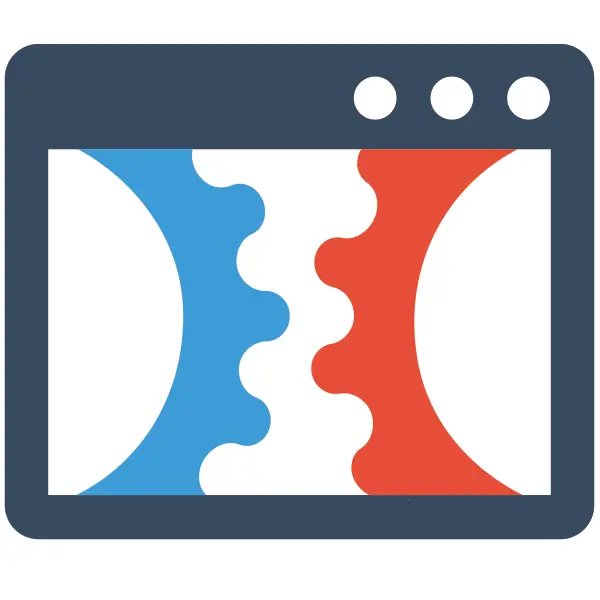Funnels Section and Overview in ClickFunnels 2.0
Check Out More At: ClickFunnels – Help Center Videos & Tutorials
Software: Clickfunnels | Affiliate Program
Funnels Section and Overview in ClickFunnels 2.0
ClickFunnels is a software platform that enables users to create sales funnels and landing pages quickly and easily.
It offers templates, drag-and-drop editing, and integrations with other tools.
Funnels Section and Overview in ClickFunnels 2.0
The new Funnels tab in ClickFunnels 2.0 brings a lot of exciting changes and opportunities with it.
In this section, you’ll learn how to quickly create and manage your funnels, plus how to take advantage of the powerful funnel automation capabilities.
You can easily create funnels using the drag-and-drop visual editor, or use the new funnel templates to get started quickly.
You’ll also have access to insights and analytics that help you measure performance and optimize your funnels for greater conversions.
After creating a funnel, you can easily add automated steps to guide leads through it with triggers, conditions and actions.
You can choose from pre-defined steps, or create your own to better personalize the journey for each lead.
Once you’ve set up a funnel, you can easily manage it from the Funnels tab in ClickFunnels 2.0.
You can make quick changes to the design of your funnel, monitor performance and optimize it for better results with A/B testing.
You can also track conversions and revenue for each step in the funnel, giving you a better understanding of the effectiveness of your campaigns.
Plus, with ClickFunnels 2.0 you get access to an extensive library of marketing resources such as cheatsheets, email templates, webinar slides and much more – all of which are designed to help you build and optimize your funnels.
Ultimately, ClickFunnels 2.0 gives you the power to create high-converting sales funnels quickly and easily, so you can maximize your ROI and get more leads, conversions and sales in no time!
What is a Funnel?
A funnel is a process of narrowing down a large group of potential customers to only the most interested and qualified prospects. A well-optimized funnel will guide prospects through each stage of the buyer’s journey, from Awareness to Decision, until they eventually become customers or clients.
The buyer’s journey refers to the steps a prospective buyer takes before finally making a purchase. It’s important to note that not everyone will go through all the stages – some may only make it to the Awareness stage, for example, while others will convert quickly after becoming aware of your product.
Awareness
The first stage of the buyer’s journey is Awareness, where the prospect becomes aware of a problem or opportunity they have.
For example, a prospect might become aware that they need to lose weight, that their website is out-dated, or that they need to find a new job.
At this stage, it’s important to capture the prospect’s attention with relevant and targeted content that speaks to their specific pain points. For example, if you were a weight loss coach, you might write a blog post titled “10 Reasons You’re Not Losing Weight”.
The goal at this stage is to get the prospect to self-identify with the problem you’re solving, and to raise enough curiosity to make them want to learn more.
Interest
Once the prospect is aware of their problem or opportunity, they move into the Interest stage, where they start to become more interested in solving it.
At this stage, they’re doing more research on their own and looking for information that will help them make a decision. They’re also starting to compare different solutions, to see which one is the best fit for their needs.
To capture the prospect’s interest at this stage, it’s important to provide them with more detailed information about your solution and how it can help them. For example, you might write a blog post titled “The 5 Best Ways to Lose Weight” or create a video series where you show them how to use your product.
The goal here is to build trust and credibility with the prospect, so they feel confident that you can help them solve their problem.
Consideration
After becoming interested in solving their problem, the prospect will enter the Consideration stage, where they start to evaluate their options.
At this stage, they’re still doing research, but they’re also starting to narrow down their options and compare different solutions side-by-side. They’re also starting to think about the long-term implications of their decision, and how it will impact their life or business.
To capture the prospect’s consideration at this stage, it’s important to provide them with even more detailed information about your solution, as well as comparisons with other popular solutions. For example, you might write a blog post titled “The 5 Best Ways to Lose Weight: A Comparison of the Top Diets” or create a video series where you show them how to use your product compared to a competitor’s product.
The goal here is to continue building trust and credibility with the prospect, and to show them that your solution is the best fit for their needs.
Decision
Finally, the prospect will reach the Decision stage, where they’re ready to make a purchase

